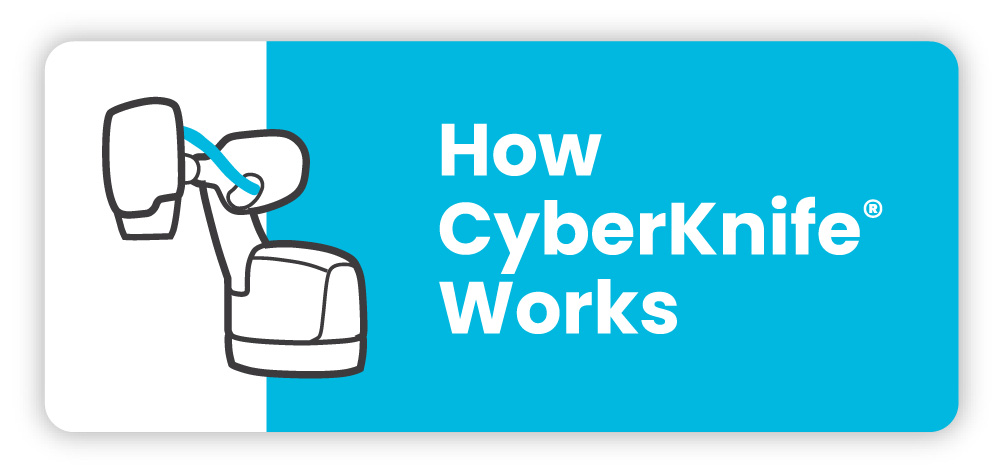Mark’s journey with his Acoustic Neuroma started years before he knew it. In 1991 he remembers sitting in his living room listening to music through headphones and thinking that the right speaker didn’t sound right. He assumed that the stereo was broken and he’d just have to replace it someday.
Several months later, Mark woke up to birds chirping outside his window. When he rolled over onto his left side, he noticed the chirping went away, and that it came back when his left ear was uncovered. This was the first moment that Mark realized something was wrong.
Three years later in 1994, Mark’s hearing hadn’t improved and now there was a “plugged up” feeling. He complained about it during a physical exam, so his doctor scheduled an audiogram – his first since grade school. The audiogram confirmed that he had some unilateral high frequency hearing loss in his right ear. When he looked for reasons, Mark received a variety of answers ranging from too much rock music, a firecracker when he was young, or “just one of those things”. Mark still wondered about the “plugged” feeling? Could something in his head be causing it? Mark was told that it was probably just a sensation relative to his hearing loss. He wasn’t comfortable with those answers and blamed the issues on a plane flight he had taken while sick a few years back.
Seven years later in 2001, during a routine check up Mark mentioned it felt like his hearing had dropped again so his doctor scheduled another audiogram. The test confirmed that his right ear had deteriorated in the high frequency range. This time, however, the audiologist scheduled an appointment with an Ear Nose Throat (ENT) specialist who conducted several tests and scheduled an MRI. Two weeks after his MRI, Mark met with the ENT and learned that he had an Acoustic Neuroma.
”I reacted like anyone would faced with such news; fear, panic, ‘why me’ thoughts raced through my head all at once,” said Mark. “My wife, Nancy, was a great support and she immediately helped me search the Internet in an effort to better understand this diagnosis. We found a lot of helpful web sites and slowly began to get a handle on what my diagnosis involved and what the options were for treating it.”
Mark consulted neurosurgeons at two different facilities who suggested various surgical approaches with differing results and potential side effects including facial nerve damage and permanency of his hearing loss. Mark determined that he wasn’t comfortable with their approaches or the risk levels associated with the surgeries, so he decided to seek out another opinion.
Mark went to Stanford where he had a consultation with Lawrence Shuer, M.D., professor of neurosurgery and chief of staff for Stanford Hospital and Clinics. This is where his Acoustic Neuroma journey took a major turn. Dr. Shuer listened to his overview of previous consults and asked why Mark was not considering treatment with the CyberKnife® Robotic Radiosurgery System. Mark shared what he had heard about the risks. Dr. Shuer was able to clarify some of the misinformation and brought in Steven Chang, M.D., neurosurgeon and director of the CyberKnife Radiosurgery program at Stanford Hospital and Clinics. They pointed out that radiosurgery had been used for more than 30 years with extremely high rates of tumor control.
This new information gave Mark a lot more to think about, but his final decision was made easier knowing that both Dr. Shuer and Dr. Chang, recommended CyberKnife radiosurgery, in light of their ability to do surgery. Dr. Chang also put him in touch with several patients who had been treated with the CyberKnife System previously to hear about their experience.
Mark decided to undergo CyberKnife radiosurgery for his Acoustic Neuroma. The treatment itself was done on an outpatient basis over the course of three consecutive days before Thanksgiving 2001. Each day he lay on the treatment table and listened to the CyberKnife System move quietly around him. While he took the week off from work and took it easy those three days, the rest of his life was uninterrupted. Mark went back to work the next week and resumed his workout schedule the day after treatment.
Mark’s follow-up tests to date have been very positive. At six months, the audiogram showed that his hearing was unchanged and the MRI showed that the Acoustic Neuroma was darkening and was slightly smaller in size. After one year, the audiogram actually showed some improvement in speech recognition and in nerve function. The latter was significant as it suggested that the radiation dosage had been tolerated well by the nerve. The second follow-up MRI showed the Acoustic Neuroma was essentially the same size, but had turned white again, indicating scarring. Dr. Chang told Mark that his Acoustic Neuroma was following the classic progressions of necrosis – or cell death.
”I’m so thankful for having had the opportunity to have been treated by the wonderful physicians at Stanford and to have found a non-invasive technology like the CyberKnife,” said Mark. “When I first started down this path I was resigned to having a very risky surgical procedure and certainly a loss of hearing and a possibility of other deficits. Instead, I never saw an operating room and my quality of life was unchanged. I couldn’t be happier with how things have worked out.”
In December 2007 Mark had his six year post-treatment MRI and audiogram. He met with Dr. Chang and reviewed the results, which continued to be very positive. Mark’s Acoustic Neuroma still showed up as very “dead” and had shrunk further in size. Overall, the tumor was 25 to 30 percent less in volume compared to the time of treatment. His hearing test showed that there had been no decline since pre-treatment levels with speech recognition at 100 percent in his affected ear.
As of the creation of this patient profile, Mark found his CyberKnife treatment to be successful.



